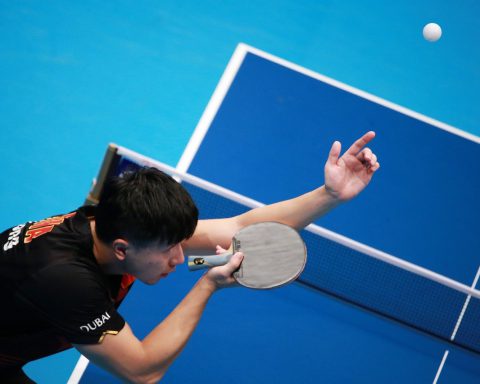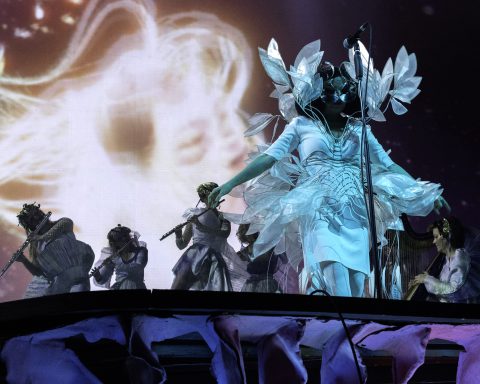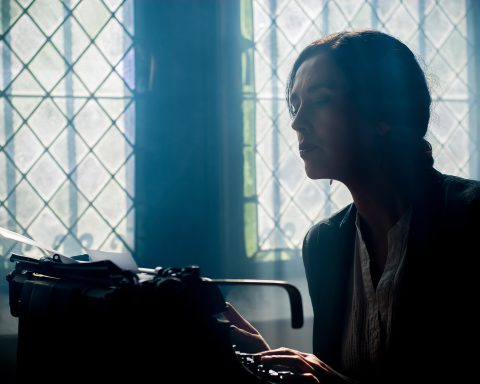When I came to Leipzig, I didn’t care one way or another about cameras. I’d had one or two digital compacts that seemed just fine.
But now and then, in the apartments and ateliers of friends and strangers, I began to notice old hammerite beauties and black bricks that made chunking thwap noises and buzzes. Some even had cyrillic writing on them. My first thought must have been along the lines of “what beautiful paperweights.”
At some stage, while moving house, someone gave me an old Zenit she thought was broken (it wasn’t – just an oddly placed catch), and that must have been where it began for me. I don’t remember at what point it went from being a bookend to actually being used. Maybe during one of the drunken dachboden parties my building would throw every now and then.
It stayed wide open, at 1/30th of a second, with flash, and I pointed it at anybody who shouted or wore sequins.
The photos came out blurry, soft. Most had a giant bar of light on one side – more Color Field painting than photography. But it had charm enough to keep with it, and developing in the drugstore cost pennies.
I kept my eyes open at fleamarkets. More and more, I would see “CARL ZEISS JENA DDR” or “MADE IN GDR” on lenses.
I started reading about the photo industry of the area: Jena has Zeiss lenses; Dresden has Pentacon, among others; Wolfen, the AGFA plant; and the Leipziger Messe was the site of the unveiling of the Leica I in 1925. The history of camera and film production in the area around Saxony are also a kind of case study for the industry in the East and after.
And like the best East German design, what came out of the camera industry here was unpretentiously modern, easily fixable by laymen, and built to last seemingly until the end of time. All of which made them like catnip to my amateur eyes.
One day I followed an online ad with the promise of dozens of DDR cameras, to an old laden in Reudnitz.
It was a bit disappointing at first. The place was a little portrait studio with about 20 cameras, mostly renovated and a little expensive (or at least for me).
After 10 minutes looking at a beautiful Pentacon Six on display, I timidly asked about the advertisement – where were all the others? The owner looked at me as if to say, why didn’t you ask earlier?
He took out an enormous keyring and ushered me out of the sales floor, down a hallway and into one of these old apartments in which cigarette smoke seems to have been standing for decades, through various linoleum-covered rooms. He turned on the lights, and then he told me, “there you go,” before heading back down the hall and into his shop, leaving me alone in this apartment.
Never before or since have I seen so many cameras. It was as if the cameras, alone in these rooms, had been multiplying like rabbits or, really, beetles. Black shiny beetles chirping away just for me.
Each room had more.
The kitchen shelves were divided haphazardly into Voigtländers, Exaktas, and Prakticas. Old chemistry, flashes, paper, were piled onto the dining table like food. In the bathroom, the tub was literally filled with Pentaxes.
I must have stayed there for three hours. I couldn’t avoid getting a Praktica, an Exa, a handful of old ORWO film.
“How much?” he asked. “Ten,” I told him, indicating the first camera. He gave me both cameras and eight rolls of film for that.
In the aftermath of WWII, the camera industry morphed, and reconstituted itself behind a fog.
Despite the almost total destruction of Dresden, the Zeiss Ikon plant and others had come through largely unscathed. It wasn’t long, though, before the Allies “liberated” what they could of the technical advances made in photographic equipment, followed closely behind by the Soviets.
Kodak and Ilford used the captured formulae and patents for Agfacolor film (created 35km to the north, in the Filmfabrik Wolfen) to create the C-41 process, which ever since has been the standard. The Soviets used Agfacolor as the basis of their own Sovcolor process, then took parts and machinery from the Zeiss Ikon factory to Ukraine to produce their own Kiev brand cameras. The latter began as essentially bootleg Contaxes and Hasselblads (The Kiev 88 camera is still affectionately called the “Hasselbladski.”)
The AGFA plant in Wolfen lost the rights to the AGFA name, so in the mid-60s they were renamed ORWO, or “ORiginal WOlfen,” and still to this day produce film for, among others, the US Library of Congress archives.
And ransack I did, in my own way, what I could of the eastern photo industry, a few decades later. Over the next few weeks, visiting the laden became such a habit for me, almost a compulsion.
When there are grey, directionless days, I’m sometimes compelled to repeat certain rituals, like walking the length of a certain street or visiting the same cheap and gritty coffee machines hidden in spielotheks. The laden became my main destination.
Some days I felt embarrassed to visit so often. But always, once I was there, I could spend hours looking at these old cameras, testing, imagining, trying to find different uses for them.
I began to talk more and more with the owner, and we began a strange friendship – me in my stilted German and he in his stilted English. We would drink orange Fanta and pull apart cameras, look at shutter curtains, listen for strange noises. Sometimes he didn’t even seem to be aware of what exactly was in the back room, and I never asked where it all came from.
When I showed him a 28mm Helios lens I’d found, he looked at it and said, “Ah! You found a White Angel!”
I thought, wow, yes, it’s incredible the nicknames these lenses have. So poetic. It wasn’t until I was on my bike on the way home that I realized he’d meant “wide angle.”
In the late 1950s a number of camera producers in Dresden, including Contax, Meyer Optik Goerlitz, Praktica, and Exa, merged into the VEB (or publicly owned business) Pentacon. And although it never returned to its pre-war renown, Dresden continued, without drawing much attention to itself, to manufacture more cameras than almost anywhere else on earth. If you were a photographer behind the Iron Curtain, it’s very likely you were using gear from Dresden.
Partially because I didn’t want to be seen learning, I began going to faraway neighborhoods late at night to photograph long exposures of empty streets, plattenbau, statues; learning how to use a light meter, shutter cables, filters. During that time I was in danger of romanticising the past, I admit.
Photographing East German buildings with East German equipment on East German film was like finding pockets of air in a sunken ship.
I would develop pictures in my bathroom and bring my experiments back to the shop and my friend would give me pointers.
If photos from a new old lens didn’t look as nice, I could just trade it. If my friend was in a good mood, he would just give me things. It was more like a camera library than a shop. If anything didn’t work, it didn’t take more than an afternoon, usually, to fix.
With the reunification of Germany, eastern VEBs, or publicly owned businesses, were either bought out or liquidated. Pentacon had hired too many workers and wasn’t turning a profit. Within a few months of reunification, thousands were laid off, and the rights to the name changed hands. Today the brand Pentacon has been mostly outsourced to South Korea, where it produces a few specialty cameras.
I left Leipzig last winter to travel in Hungary with two of these old cameras. When I got back and went to the laden again with a few rolls of film to show, I found a line of older folks along the sidewalk, waiting to have their old equipment appraised. The shop had been bought by a group in Hamburg who sells DDR photo equipment on eBay for twenty times what it had been. People with more concern for profit, I guess. So it goes.
Every now and then in public, I’ll see someone looking at me, or my camera, if I’m carrying one. For people who remember these cameras from their childhood, it’s always a spectrum of nostalgia and skepticism.
“Of course these are cameras I grew up with,” someone told me recently, “but you really like the pictures from these cameras? These were so cheap and now you have Nikons and Canons and…”
I said yes, I love these old cameras. I tried to prove their worth, showed him a few pictures on my phone I’d taken with East German glass.
“Meh, that’s better than I remember,” he said. “Not bad.”
There’s an anecdote that every note that’s played into a violin will continue to resonate, out of the audible spectrum but nevertheless there, deeper into the wood, ever so slightly enriching (or spoiling) the music that’s played thereafter. Of course it sounds ridiculous to say (and it is), but now and again, on superstitious days, I have the feeling the same might be true for a camera.
By Tom Wynne
Tom studied urban planning and opera of the Chinese Cultural Revolution at the Evergreen State College in Olympia, WA, U.S. Before joining a housing project in Leipzig, he worked as a film projectionist and dairy farmer. He’s currently forming a community darkroom with friends in Plagwitz.

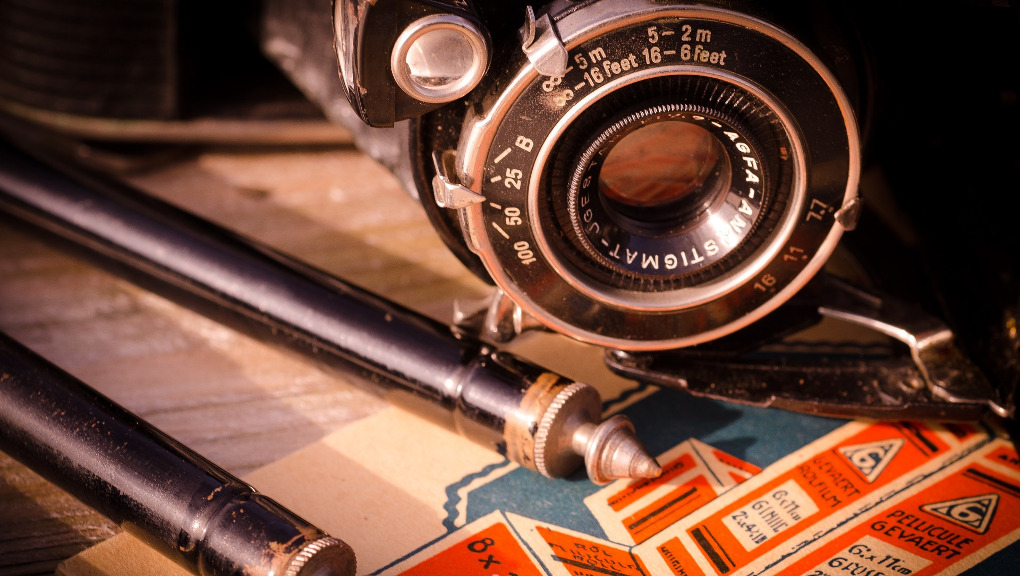

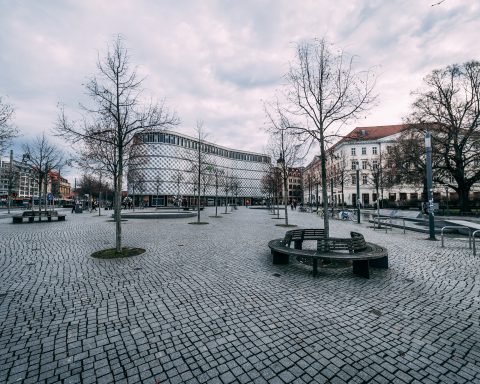

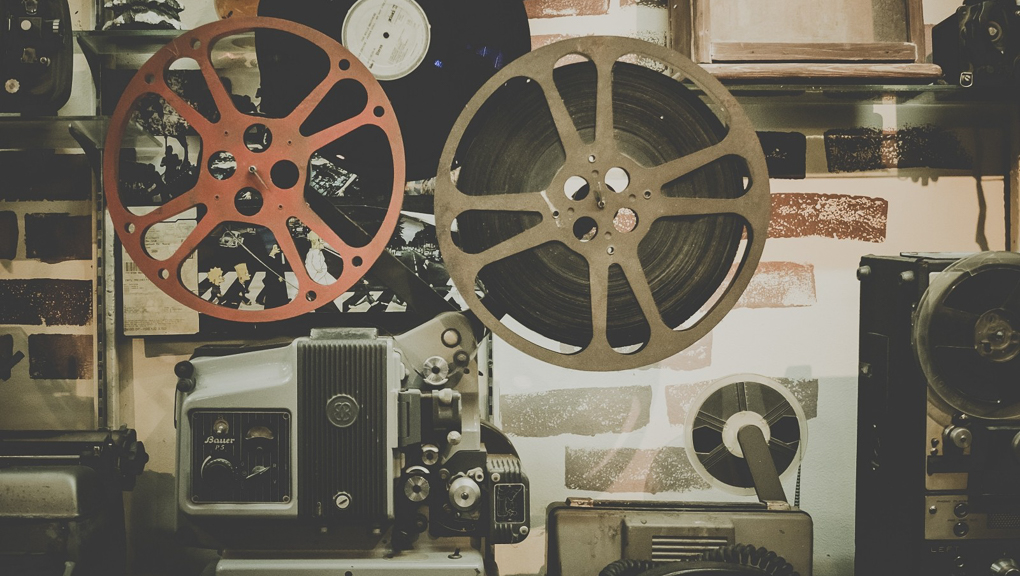

![Wine & Paint event on 9 Nov. 2024 at Felix Restaurant, Leipzig. Photo: Florian Reime (@reime.visuals] / Wine & Paint Leipzig](https://leipglo.com/wp-content/uploads/2024/12/pixelcut-export-e1733056018933-480x384.jpeg)
